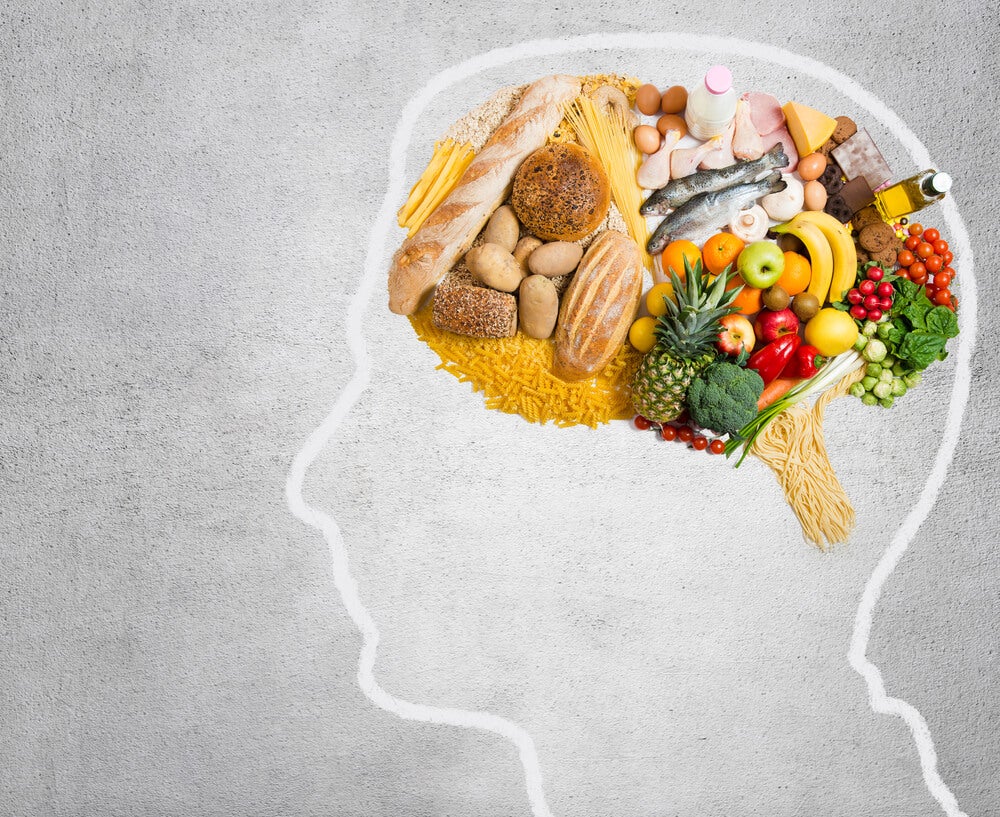Many people face the eternal dilemma of deciding whether to diet or get carried away, consciously eating helps us manage this and improve our relationship with food.
In many cases, an unbalanced diet is the result of a very busy life that lasts with periods of rest, often completely losing the sense of relationship with our food and our body.
We are aware of this when problems of overweight or discomfort arise after meals.
That’s when you wonder about the cessation of certain foods and start a diet to lose a few kilos. Does guilt and internal disapproval of the food we eat appear?And for those of us who stop eating.
A conscious diet refers not only to what we eat, but also to how we eat, there is no point in changing the type of food if you eat it very quickly, without chewing enough and without letting our senses enjoy the time and experience of eating.
Our brain needs about 20 minutes to receive and analyze the satiety signals sent through the stomach. When we eat too fast, we’ll probably end up eating more than we need to.
Chewing and swallowing is not a conscious diet. The act of eating is always accompanied by emotional states. When we eat consciously, the emotional state is one of satisfaction.
However, when we eat unconsciously, the developed emotional state is often uncomfortable, a full stomach sensation and lethargy.
A study by Langer, Warheit and Zimmerman found that after each meal, 44% of people thought they were overweight and more than 45% felt guilty after eating.
To start adopting a conscious diet in our lives, working attention and creating a continuity of consciousness, the more aware we are of our relationship with food, the more opportunities we will have to improve accordingly.
You should be aware of what you want and need to eat before, during and after the feeding process. To do this, ask four simple questions.
When we focus on answering these questions, we begin the conscious feeding process. Compromising awareness and attention means opening yourself up to a healthier diet.
On the other hand, when our conscience and attention are distracted, we lose control of what we eat, an exception is when we plan exactly what we will eat and also how much we will eat.
Our way of eating is greatly influenced by our sociocultural environment, but also very intimately influenced by our emotions, the way we develop the ability to regulate our emotions can greatly help us regulate the habit of eating consciously.
We eat emotionally when we are unable to differentiate emotions, both pleasant and unpleasant, from the true feeling of hunger.
In addition, a low tolerance to emotional discomfort causes people to eat unreasonably and unconsciously, commonly referred to as “attacking the refrigerator. “
Food as an adaptive resource for the management of emotions is an incorrect path and completely away from conscious feeding. Food is not a relief or entertainment, much less an anxiolytic or depressive.
This way of using food is just a quick way for the brain to alleviate a form of vital discomfort. The problem is that these are attitudes that eventually become habits.
Regular self-preservation helps better cope with our ability to eat consciously and is also a way to avoid self-botage. The solution is to build new consciousness-based eating habits.
It is essential to start asking ourselves whether the hunger we feel is a physical hunger or just an emotional hunger, we have to start identifying our emotions and managing them accordingly.
We need to get into the habit of eating at the right time and not eat on time with justifications of any kind, we must consciously increase other pleasurable activities that are not related to food.
Conscious feeding is a skill that can be acquired and trained. When we stop eating emotionally and start eating consciously, we also begin to feel better because we take care of ourselves; we realize that we have control over what we eat and therefore control over our bodies.

